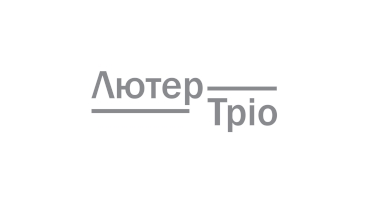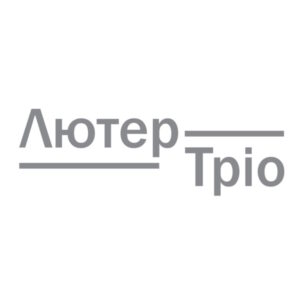| Діюча речовина |
|---|
LUTER TRIO 573,5 SE
Selective soil-applied and post-emergence herbicide for protecting corn against annual and perennial grass and broadleaf weeds.
Active ingredient:
S-metolachlor, 375 g/l + terbuthylazine, 125 g/l + mesotrione, 37,5 g/l
Formulation:
suspo-emulsion
Packing:
20 L
Mode of action:
Terbuthylazine blocks the process of photosynthesis; S-metolachlor affects on the cell division by blocking the initial stages of mitosis. The weeds are killed during germination. Mesotrione inhibits the enzyme HPPD (pi-hydroxyphenyl-pyruvate dehydrogenase) which is involved in the conversion of tyrosine acid to plastoquinones.
Field of usage
| Crop | Dose rate, l/ha | Weeds | Terms of application | Quantity of treatments |
| Corn | 3,5 – 4,0 | Annual and perennial broadleaf and grass weeds | Soil spraying before sowing, during sowing, or after sowing; crop spraying at the 3–5 leaf stage (early weed development stages). |
1 |
Compatibility
Compatible with most pesticides (herbicides, insecticides), fertilizers, and growth regulators, except for organophosphates and carbamates. However, a compatibility test should be conducted in each case.
Application features
• do not spray when wind speed exceeds 3–4 m/s. The average working solution volume is 300–350 L/ha. For 2–3 weeks after spraying, inter-row cultivation is not recommended in order to preserve the protective barrier. Apply the product at temperatures between +10°C and +28°C;
• if there is sufficient soil moisture at the time of sowing and the field is free of perennial weeds, pre-emergence application is recommended. If treatment coincides with dry conditions or the field is infested with perennial weeds, it is advisable to delay application and carry it out post-emergence during early weed growth stages;
• if corn needs to be replanted after herbicide application (due to drought, frost, or flooding), replanting can be done immediately. In the same autumn, winter barley, winter wheat, ryegrass, and winter rapeseed can be sown after plowing. The following spring, after plowing, sunflower, soybean, sorghum, rapeseed, and alfalfa may be planted. Sensitive crops such as sugar beet, table beet, fodder beet, and peas should not be sown earlier than 18 months after herbicide application.
• on corn, do not use insecticides based on organophosphates or thiocarbamates within 7 days before or after herbicide application. Do not apply the product to corn crops grown from seeds treated with organophosphate or thiocarbamate insecticides;
• in the case of soil application under low moisture conditions, incorporation into the soil to a depth of 3–5 cm is recommended.
• for post-emergence applications, the best weed control effect is achieved at the following stages:
– annual grasses: germination to 1–2 leaf stage;
– broadleaf weeds: 2–4 leaf stage.
Product’s advantages
• suitable for use under unstable climatic conditions;
• significantly reduces overall field weed infestation and minimizes the need for additional agronomic weed control measures;
• quickly penetrates weeds and provides residual control for 8–10 weeks, depending on weather conditions;
• the combination of three active ingredients with different modes of action and weed control spectrums ensures maximum protection of corn crops, even under high weed pressure.



